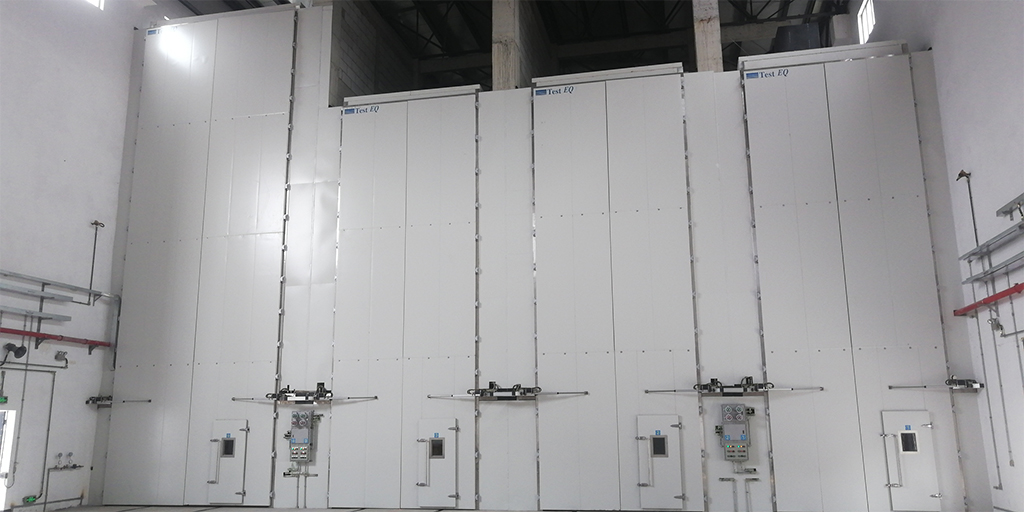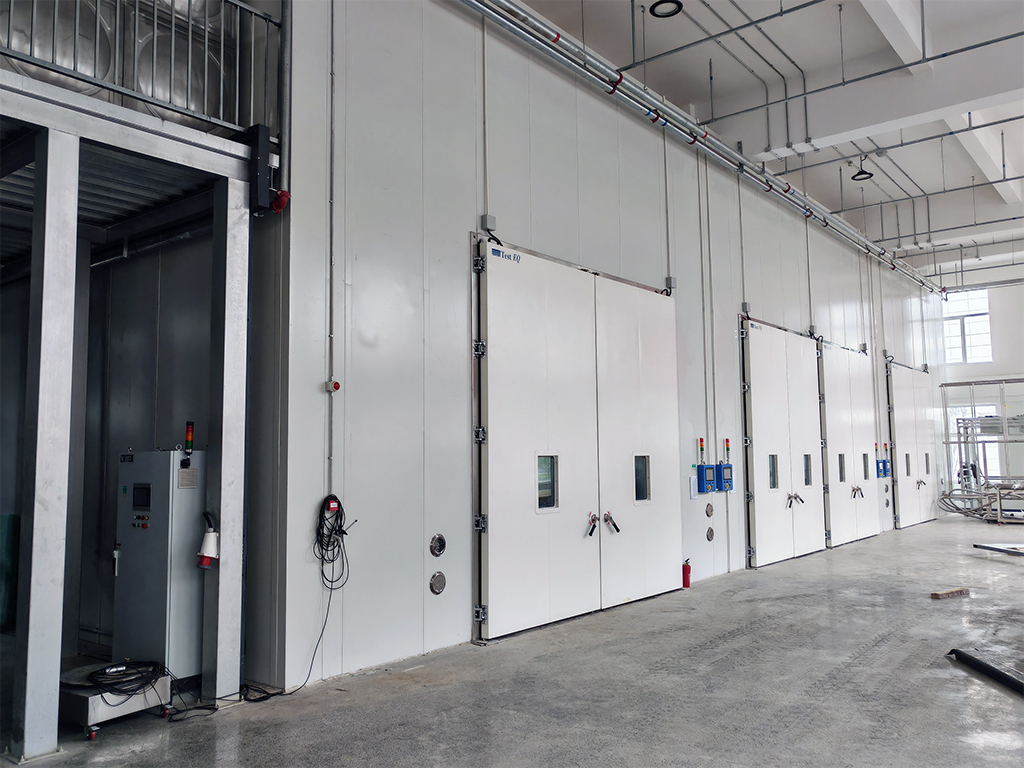Aerospace Industry
The TESTEQ facility provides a controlled environment for testing aerospace components under extreme conditions. With precise temperature regulation (-20℃ to +85℃) and humidity control (25–98% RH), it ensures material reliability during thermal expansion/contraction and humidity-induced stress. This capability is critical for validating spacecraft materials, electronic systems, and propulsion components under simulated space environments.

Why Temperature and Humidity Control Matters in Laboratories
1.Ensuring Test Accuracy
Fluctuations in humidity can distort results in sensitive experiments. For instance, high humidity (>85% RH) may cause hygroscopic materials to absorb moisture, altering weight measurements, while low humidity (<30% RH) could induce static electricity in electronic testing environments.
2.Preventing Sample Contamination
Temperature deviations accelerate chemical reactions or microbial growth. Laboratories storing biological samples (e.g., vaccines) typically maintain 2–8°C with ±0.5°C precision to preserve integrity.
3.Instrument Reliability
Advanced equipment like FTIR spectrometers and electron microscopes require stable conditions (e.g., 20–25°C ±1°C, 45–55% RH) to avoid optical misalignment or sensor drift.
4.Compliance with Standards
Aerospace and pharmaceutical labs adhere to strict protocols (e.g., GB/T 2423, ISO 16750). The TESTEQ chamber meets criteria like ±0.1°C temperature resolution and ±0.1% RH humidity sensitivity, aligning with ISO 17025 certification requirements.
Technical Advantages of Modern Control Systems
· Smart Sensors: High-precision Sensirion sensors (±0.1°C/±0.1% RH) enable real-time adjustments.
· Energy Efficiency: Insulation materials like polyurethane foam reduce 30% energy consumption while maintaining thermal stability.
· Safety Protocols: Multi-layer protections (overheat/leakage alerts) ensure uninterrupted operation in critical aerospace R&D.
For detailed specifications of TESTEQ's solutions, Please contact our sales engineer.


